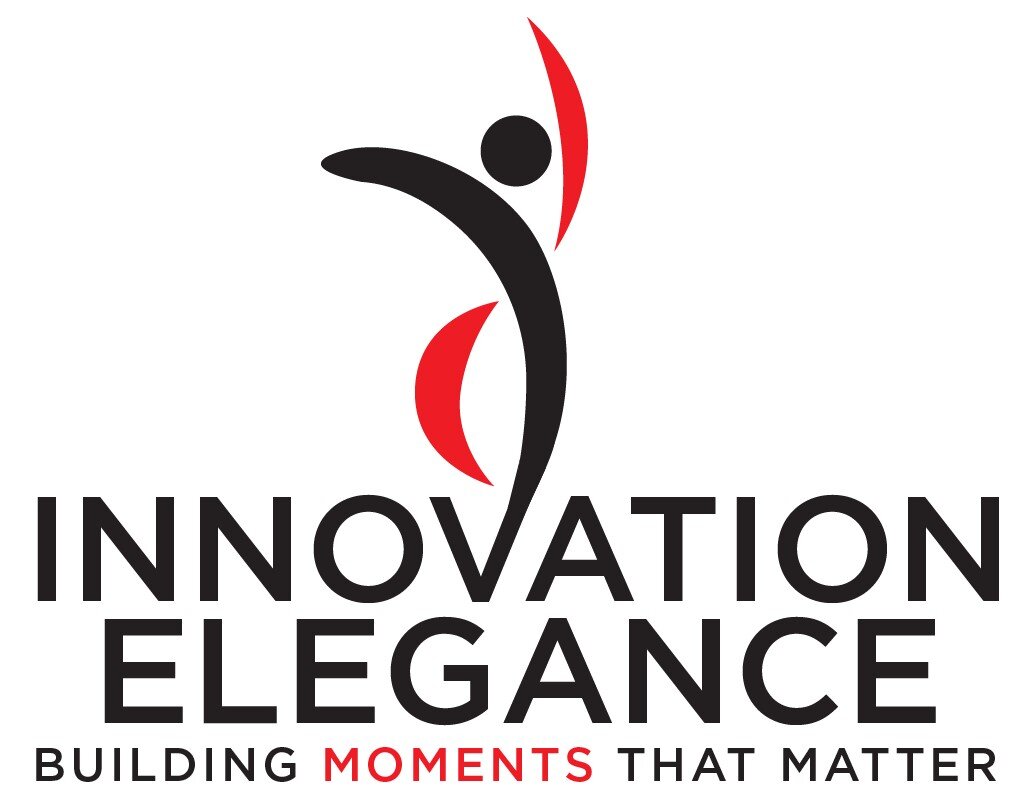Improve Your Culture’s Autonomy
“Be sure to secure your oxygen mask first, then help others.”
Autonomy is an aspect of business where typically, extremes are a bad idea. For your innovation factory, you want the “goldilocks” of self-sufficiency and interdependence. Not too much, not too little - you want to get close to just right.
In past decades, the rate of change was slow enough such that many organizations outsourced a significant percentage of their innovation core competence by hiring consultants as a “special occasion.” Many organizations were overly dependent, with low autonomy to innovate.
Less so this decade. Organizations are increasing innovation skills and project management as core competencies. The intensity of change is high, consistent, and less of a special event. Companies are paying down their methodology debt. You are likely doing more innovation on your own - and excited about it!
If you need some inspiration or a model for healthy autonomy, consider the cultural aspects of being a parent!
High dependence on one supplier, one employee, one of anything results in having a SPOF - a single point of failure. If a stakeholder of yours has too much autonomy, you gave them enough rope to hang themselves and maybe hang you with them. Make sure you have not abdicated responsibility, accountability, and ownership for roles along the chain of your suppliers and customers.
You have choices about what to centralize and what to decentralize for countless small decisions and tasks. Delegating tasks and delegating decisions are different things, and clarity about what exactly you are delegating avoids the risk of expensive misunderstandings.
Decisions about autonomy are mostly defensive. Instead of potential upside and reward, think about safety and sustainability. Think about minimizing the probability and the magnitude of a disaster.
Autonomy is a very big-picture, long-term, and strategic aspect of your business. To achieve healthy autonomy, proactively manage your boundaries, your alternatives, and your contingencies.



